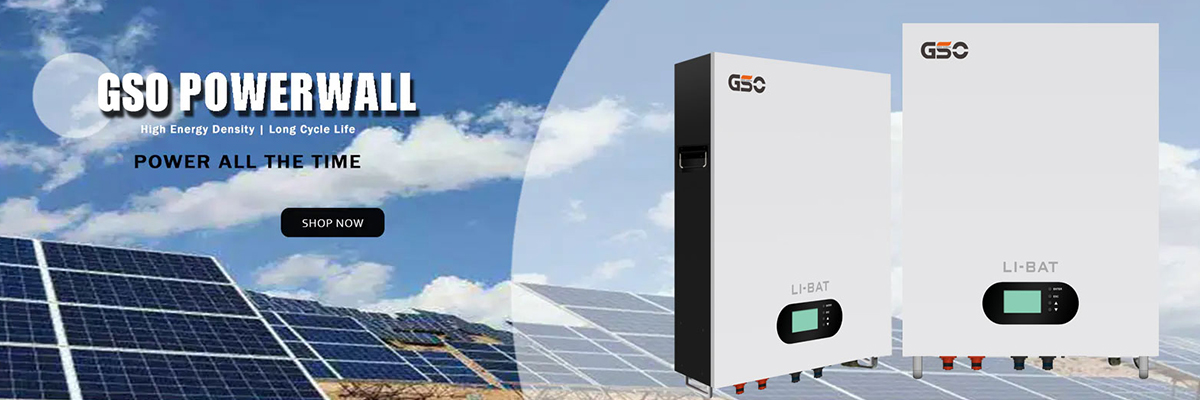Lithium iron phosphate and ternary materials are mainly used for the positive electrode of power battery used in lithium ion battery at present. So which is better, lithium iron phosphate battery or ternary lithium battery? This article will introduce the advantages and disadvantages of lithium iron phosphate batteries and ternary lithium batteries in detail.

Lithium iron phosphate battery
Lithium iron phosphate battery refers to a lithium ion battery that uses lithium iron phosphate as a positive electrode material. Its characteristics are that it does not contain precious elements such as cobalt, the price of raw materials is low, and phosphorus and iron are abundant in the earth's resources, so there will be no problem of supply. It has a moderate operating voltage (3.2V), large capacitance per unit weight (170 mAh/g), high discharge power, fast charging, long cycle life, and high stability in high temperature and high thermal environments.
The advantages of lithium iron phosphate batteries:
Compared with the more common lithium cobalt oxide and lithium manganate batteries currently on the market, lithium iron phosphate batteries have at least the following five advantages: higher safety, longer service life, and no heavy metals and rare metals (raw materials). low cost), supports fast charging, and has a wide operating temperature range.
Ternary lithium battery
Ternary lithium batteries generally refer to ternary polymer lithium batteries: lithium batteries using nickel cobalt lithium manganate (Li(NiCoMn)O2) ternary positive electrode materials as the positive electrode material. It refers to the "ternary power battery" in the usual saying that the positive electrode is ternary and the negative electrode is graphite.
The advantages of ternary lithium battery:
The ternary lithium battery has high energy density and better cycle performance than normal lithium cobalt oxide. At present, with the continuous improvement of the formula and the improvement of the structure, the nominal voltage of the battery has reached 3.7V, and the capacity has reached or exceeded the level of the lithium cobalt oxide battery.
Disadvantages of ternary lithium battery:
Ternary material power lithium batteries mainly include nickel-cobalt-aluminate lithium battery, nickel-cobalt-aluminum lithium manganate battery, etc. Due to the unstable high-temperature structure of nickel-cobalt-aluminum, the high temperature safety is poor, and the pH value is too high, which is easy to cause the monomer to swell, and then Dangerous and currently expensive.
Summary: In contrast, the ternary polymer lithium battery does have the characteristics that are better than the lithium iron phosphate battery, but it has been hindered with the development of new energy, but in general, the ternary polymer lithium battery is better . When choosing a battery, it can be selected according to different purposes. For example, the bus has a large space, and the specific energy and specific power requirements of the battery are relatively low. You can choose a lithium iron phosphate battery to give full play to its characteristics of good cycle performance. If it is small, it is more suitable to use a ternary battery with high specific energy and high specific power.
--Mary Qian

We will contact you within 24 hours.